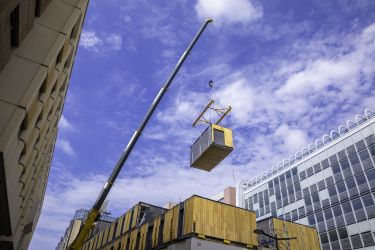
Sciences & Technology
How Australia’s prefab industry can help the housing crisis
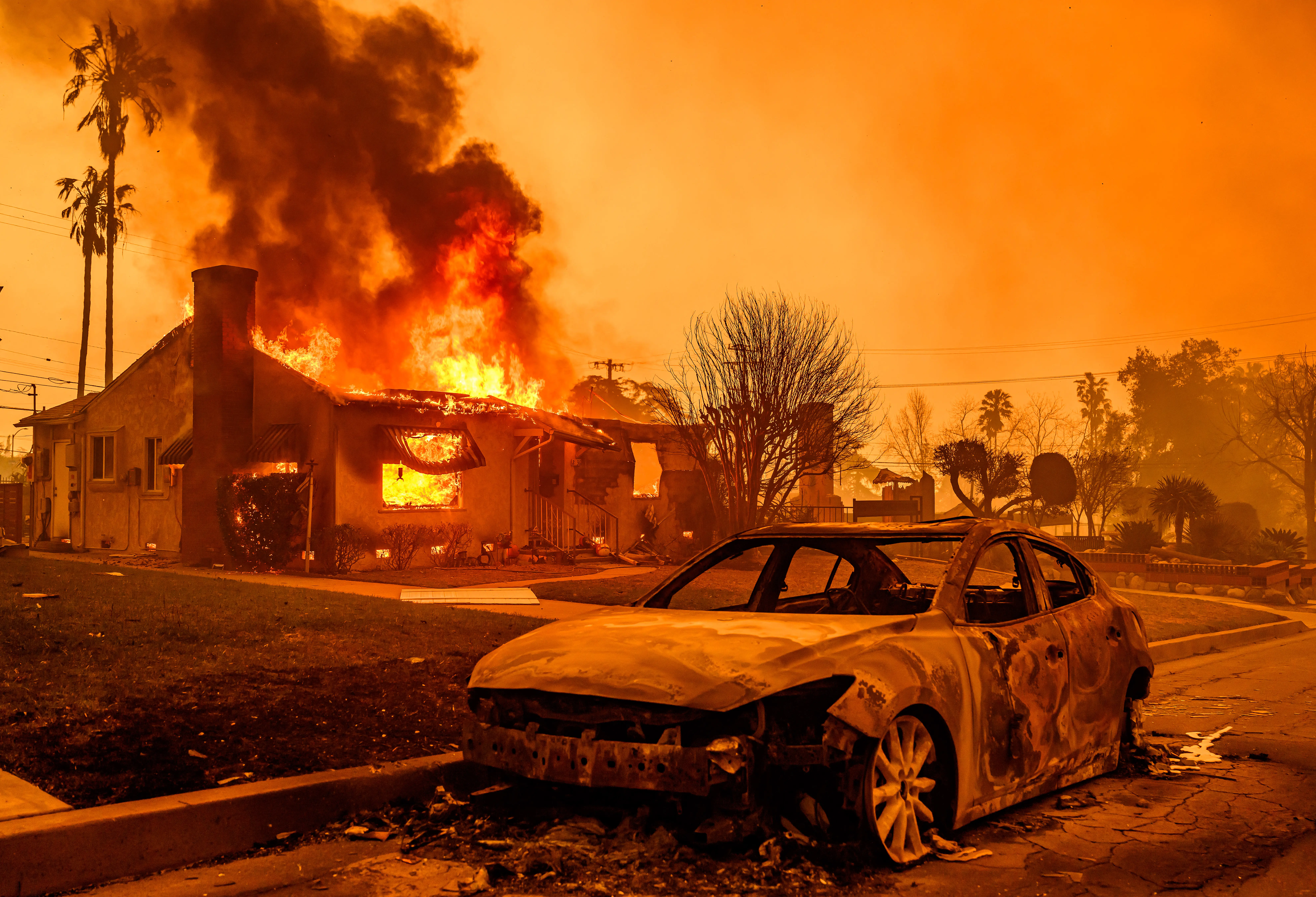
Temporary accommodation and timely construction of sustainable, affordable modular housing can help communities to recover from natural disasters
Published 25 March 2025
The beginning of 2025 saw wildfires sweep through Los Angeles – leaving a trail of devastation, destroying thousands of homes and displacing many more LA residents.
According to reports as of early February 2025, more than 18,000 structures were damaged or lost, and more than 200,000 people were forced to evacuate.
The scale of this disaster underscores the urgent need for rapid and sustainable housing that supports displaced people and their families in times of crisis.
One promising approach is modular housing.
Unlike traditional construction, which can take months or even years to complete, modular homes are prefabricated in factories and can be rapidly deployed to disaster-stricken areas.
This approach has proven effective in past disasters, and our research shows us that modular housing can serve as both a short and medium-term accommodation solution.
In collaboration with Building 4.0 CRC, our research project explores the benefits of modular housing in bushfire and disaster relief.
Traditional post-disaster reconstruction can be slow and complex, with many affected communities waiting years for permanent housing.
After Australia’s 2019–2020 Black Summer bushfires, almost 19 million hectares burned, destroying more than 3,000 houses and displacing thousands of people.
It was estimated it would take years to fully restore these communities.

Sciences & Technology
How Australia’s prefab industry can help the housing crisis
Similarly, the 2018 Camp Fire in California saw more than 11,000 homes destroyed. Only a 11 had been rebuilt a year later.
To help mitigate delays like this, our project focuses on developing modular prefab housing units that can be deployed – quickly. This approach means people affected by disaster can transition from temporary shelters to permanent housing much, much faster.
But we also need to think about the considerable environmental and economic benefits.
Modular housing can incorporate fire-resistant materials designed for long-term use, reducing the environmental impact of disaster relief efforts.
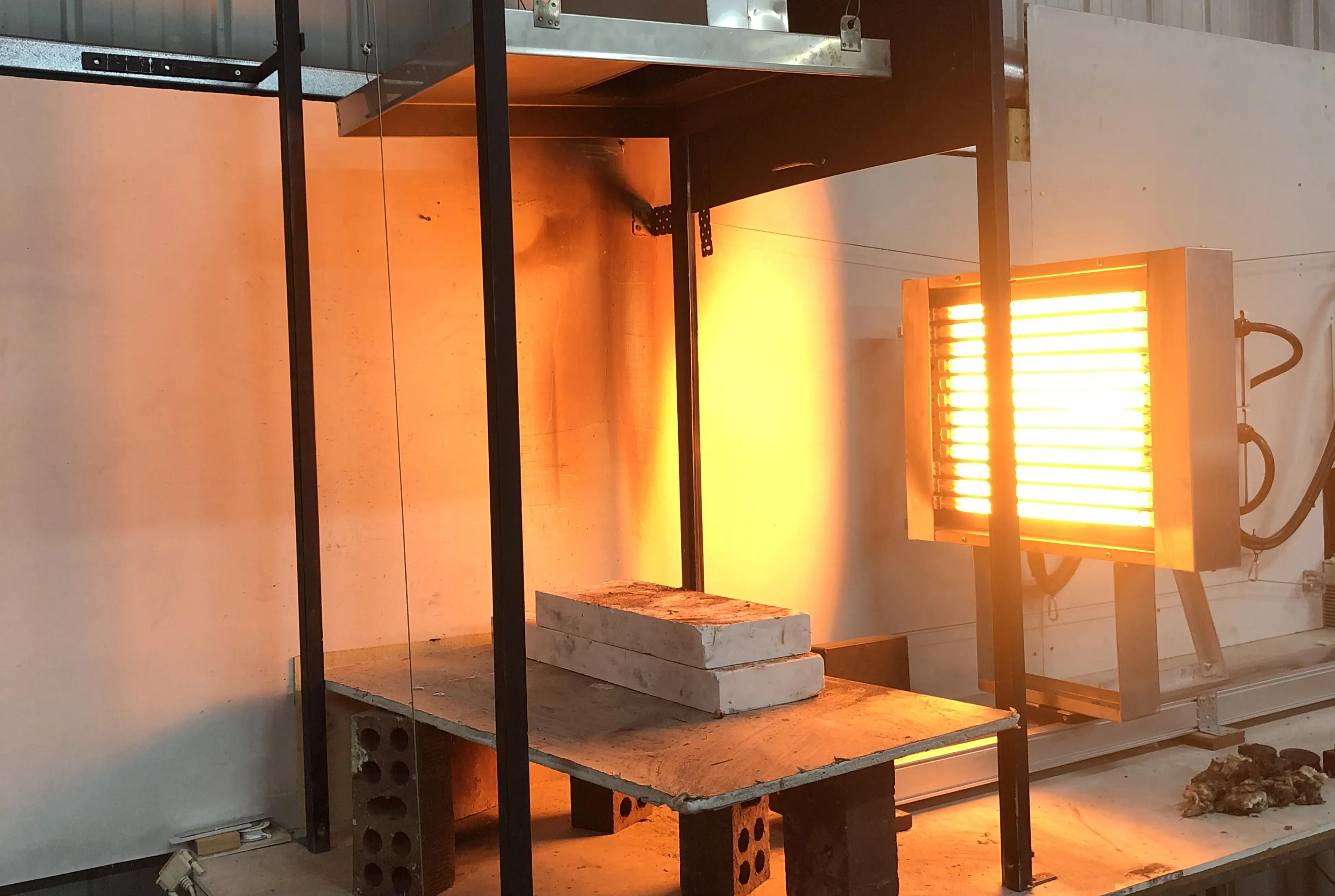
These structures can be easily relocated or repurposed as communities rebuild, making their use much more flexible than traditional homes.
As modular homes can be mass produced and standardised, they also offer a more affordable solution for large-scale housing crises.
Having worked with PrefabAus’s members in the Bushfire Recovery Victoria Short-Term Modular Housing (STMH) program which was rolled out following the 2019–20 bushfires, I’ve seen firsthand how the implementation of fast and affordable housing solutions can help survivors and their families.
For example, a small modular prefab home with two bedrooms can be built in less than three months.

Environment
The future is prefabricated
In the fire-affected town of Mallacoota, around 83 modular units were installed for people who lost their homes and wanted to stay on during the length of their rebuild.
In 2022, around 160 people including 31 children lived in modular homes across East Gippsland, Towong and Alpine shires.
As part of the STMH program, housing fees were matched to public housing rates, making sure that anyone who was displaced could afford temporary accommodation without excessive financial burden.
But our research also aims to address some of the systemic challenges associated with rebuilding after a disaster.
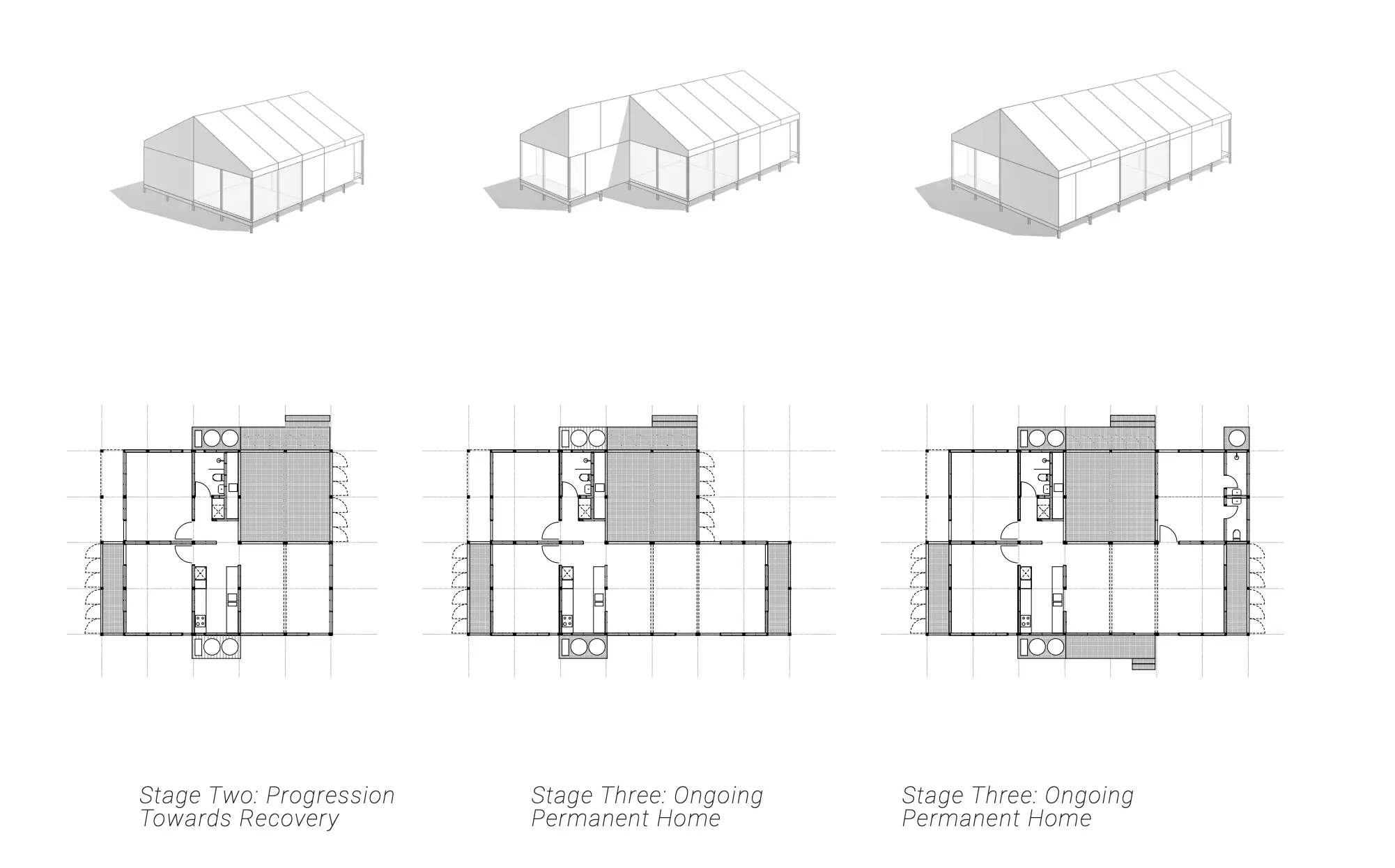
For one, regulatory barriers in many areas require extensive approvals for building both temporary and permanent housing which slows down reconstruction efforts.
Modular housing can streamline this process through pre-approved designs. As a technical expert at the Fortis initiative, I found that developing best-practice disaster-resilient housing designs, which are made available freely to the public, is very beneficial.
The ability to transport materials for new housing is another major challenge in disaster-affected areas, but prefabricated components can be efficiently transported and assembled, reducing the time and labour required for on-site construction.
This was especially evident in Victoria’s Short-Term Modular Housing (STMH) program.

Environment
Building the prefab schools of the future
Modular homes helped side-step some key challenges – like trying to build in remote areas with difficult access – instead delivering multiple pieces of modular homes that were assembled efficiently on-site.
Australia’s position at the forefront of modular housing research is a lesson for other fire-prone regions, particularly as we face more frequent extreme weather events.
Our research on prefabricated housing shows how advancements in areas like high-performance building facades, recycled materials and streamlined procurement strategies can enhance disaster resilience.
It also highlights the importance of engaging local stakeholders – policymakers, government agencies, private developers and displaced residents – to ensure that modular housing projects align with people’s needs on the ground.
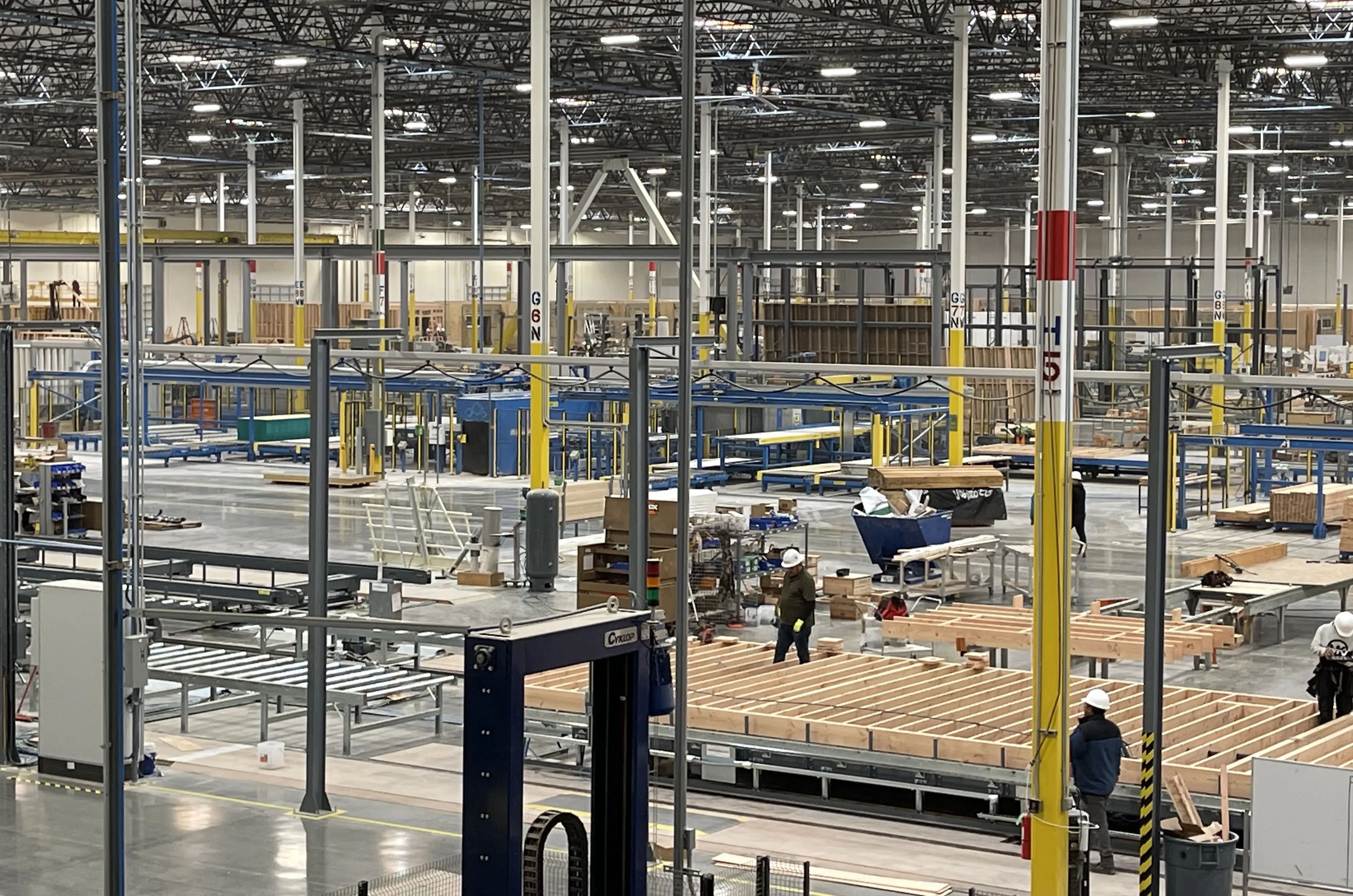
The devastation caused by the recent LA wildfires demands urgent action and modular housing presents one viable solution for addressing the crisis.
With its rapid deployment, cost-effectiveness and sustainability, modular housing can play a critical role in rebuilding communities and providing stability to those affected.